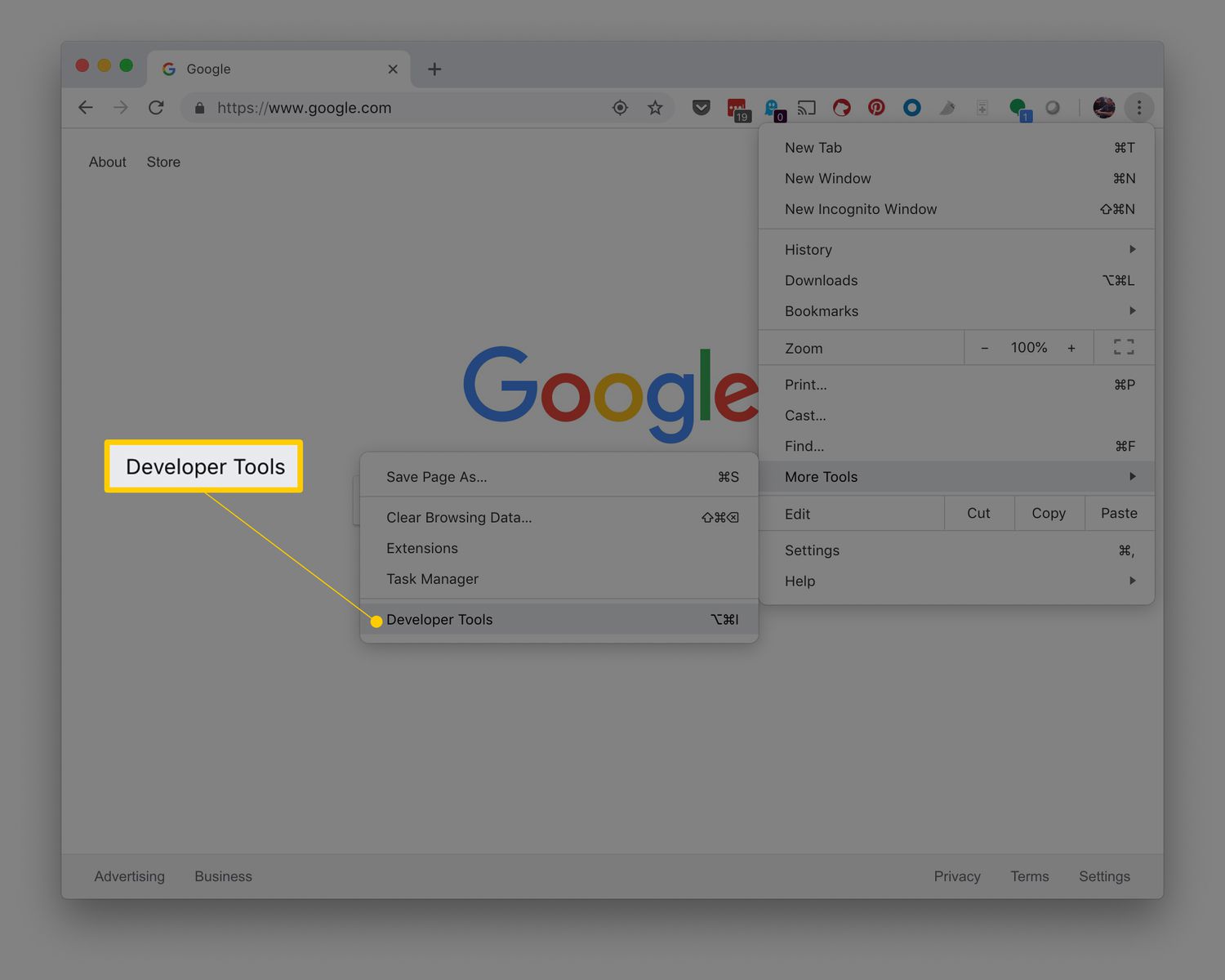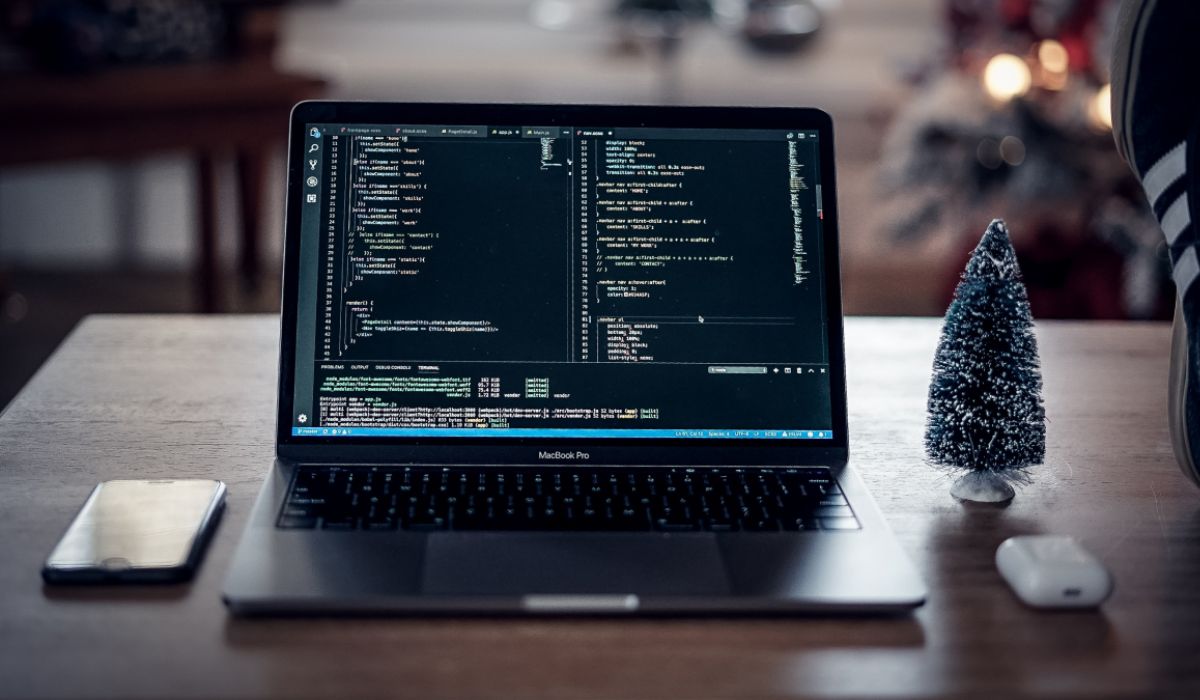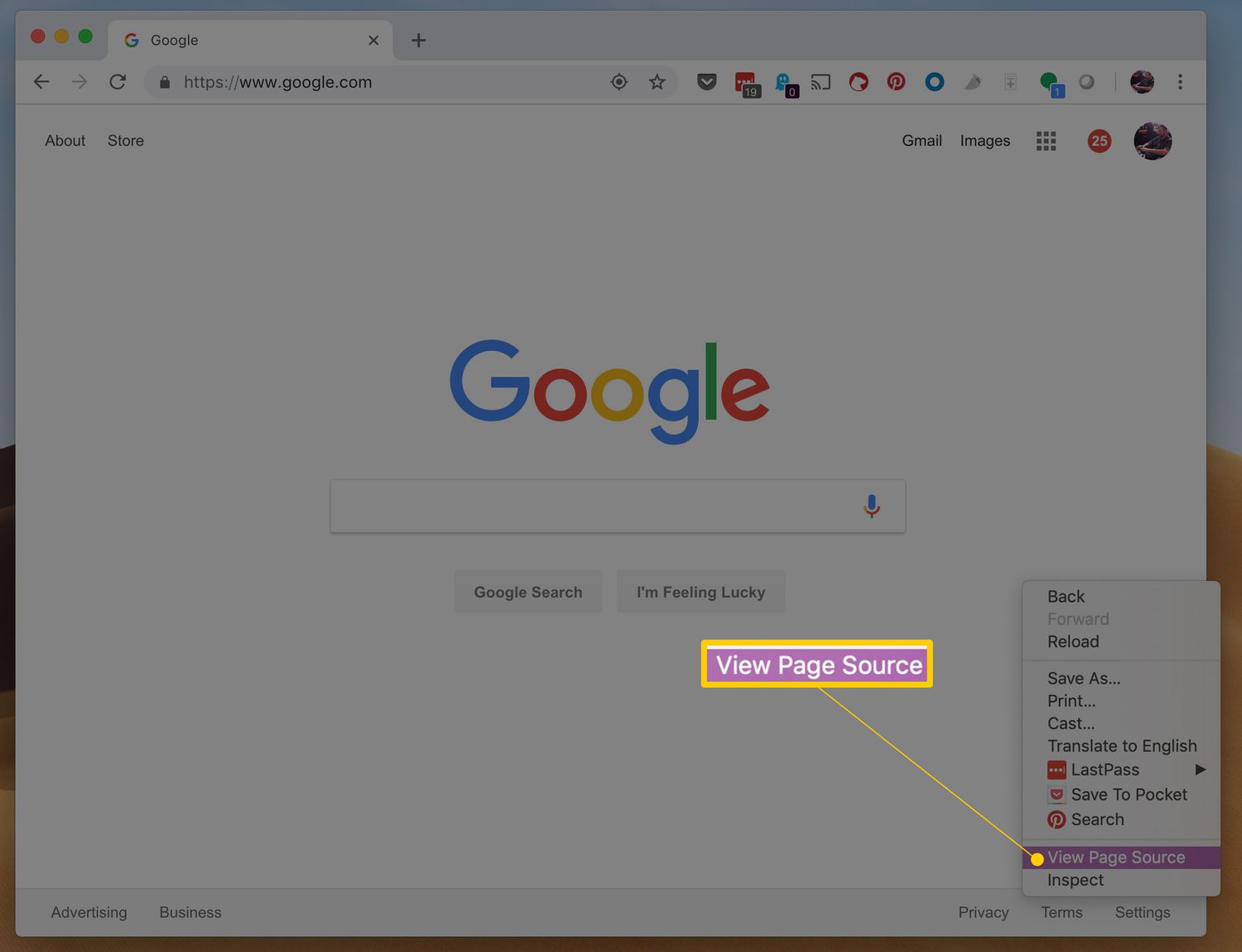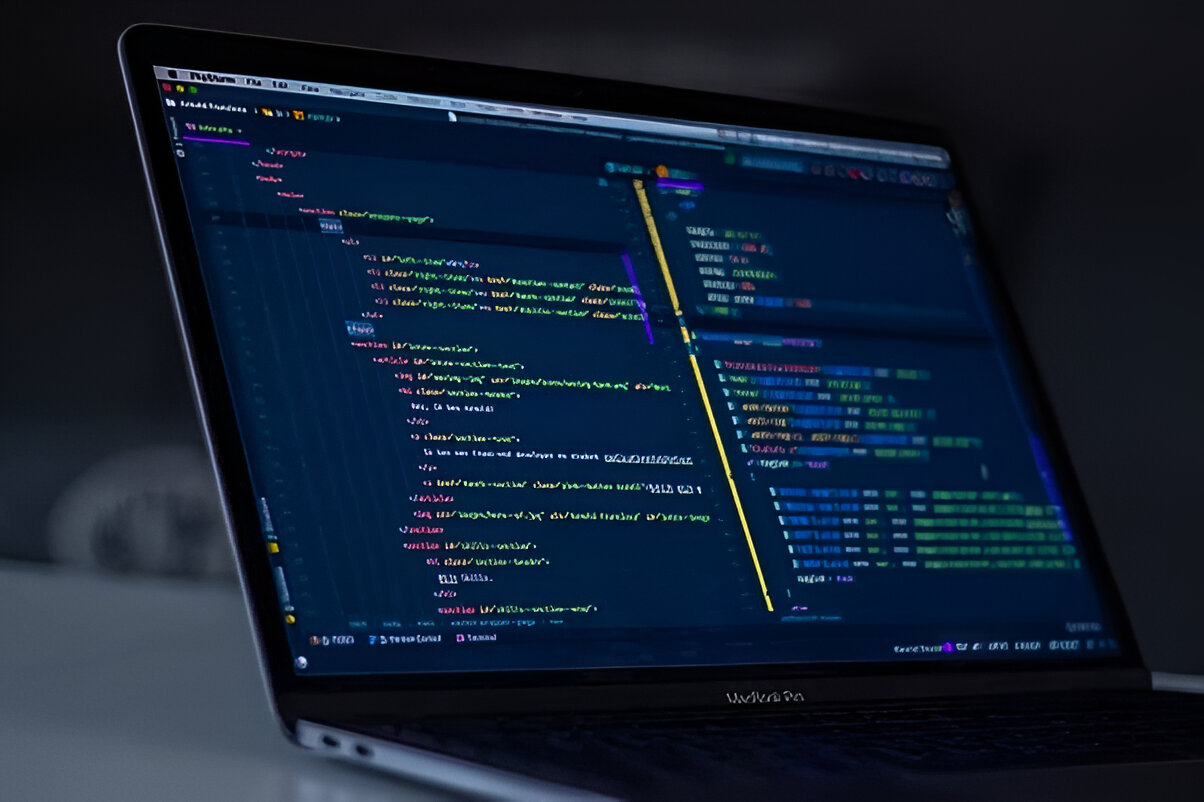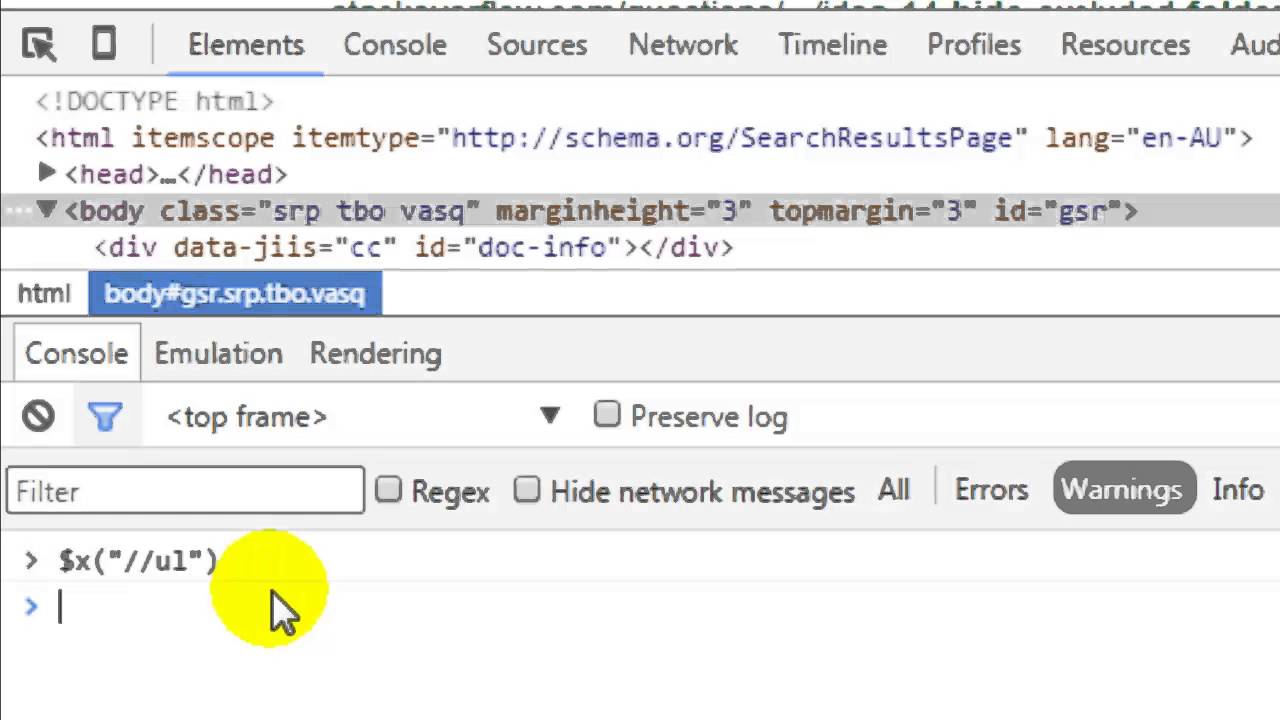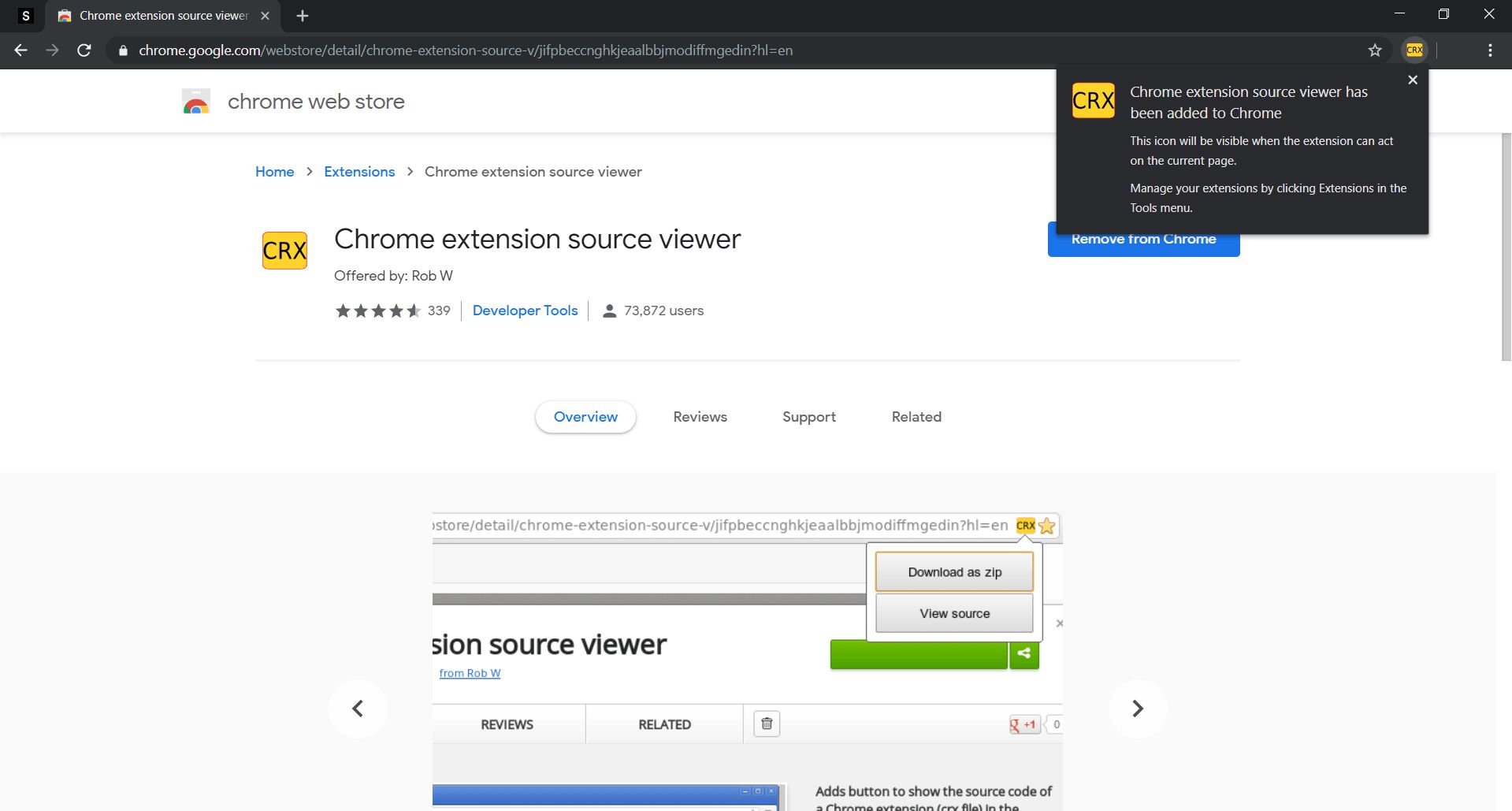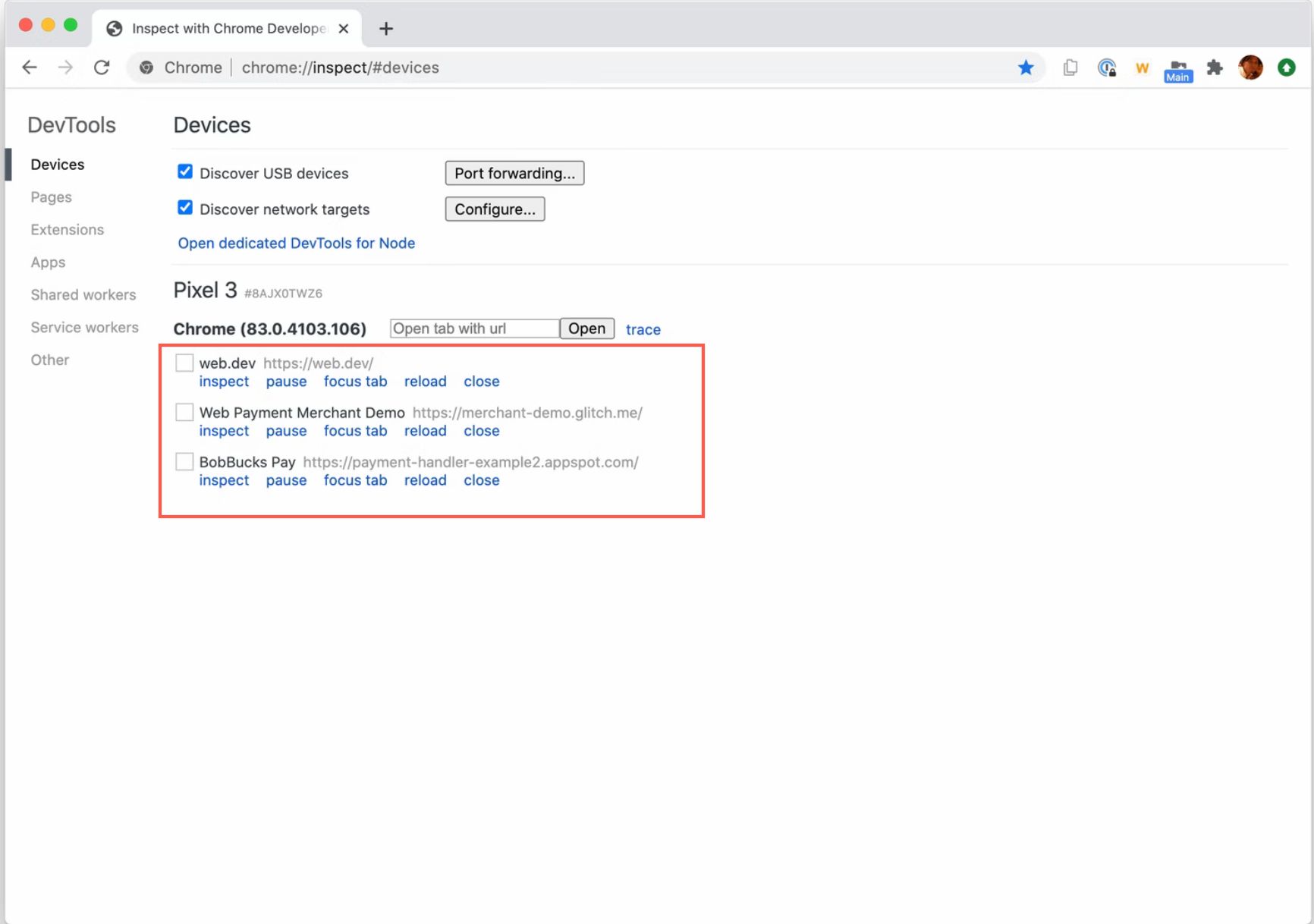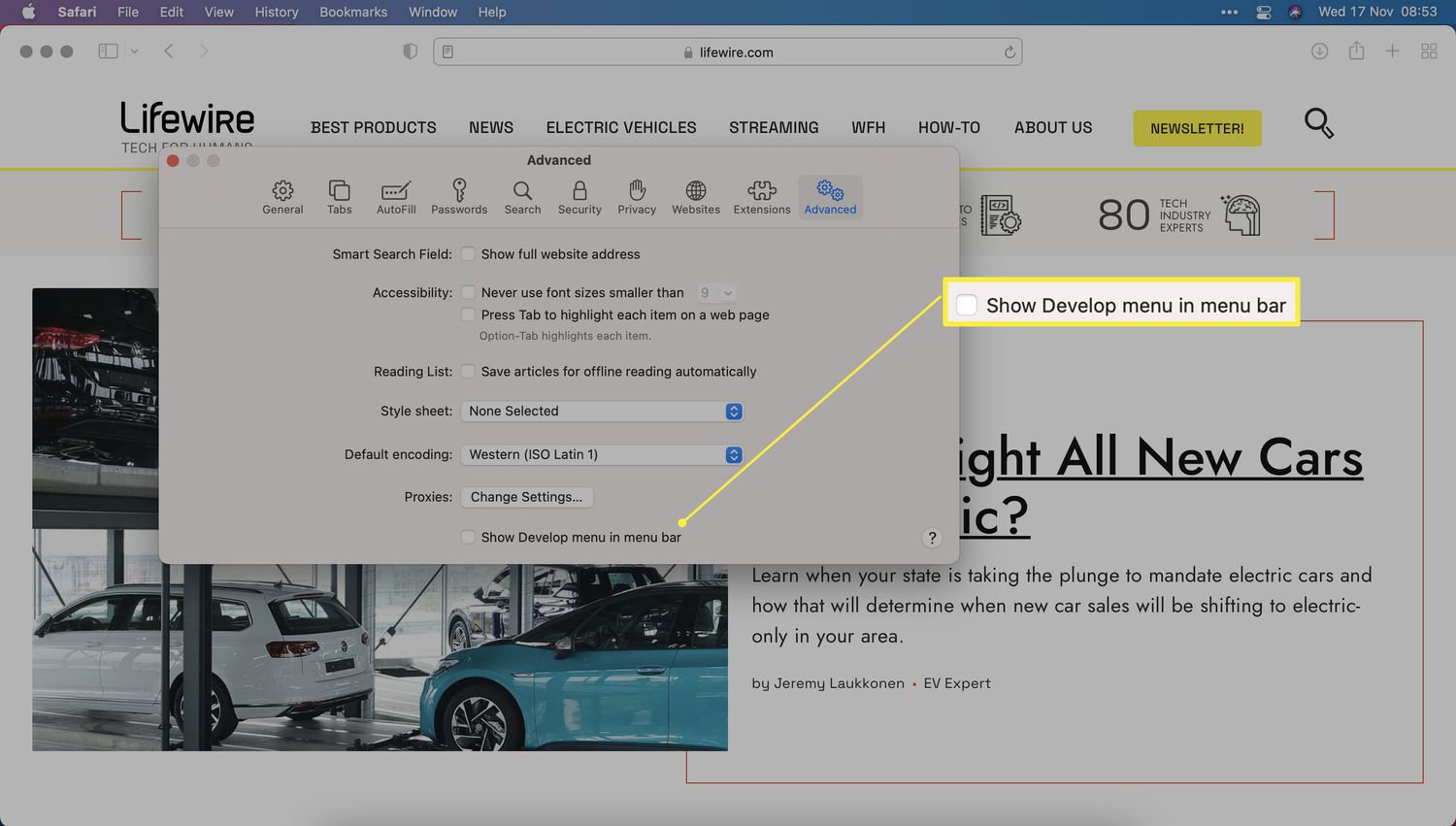Introduction
Google Chrome is not just a web browser; it's a powerful tool for developers, offering a wide range of features to enhance the browsing experience. One such feature is the ability to edit source code directly within the browser. This functionality, known as "live editing," allows developers to make real-time changes to the code of a web page, enabling them to experiment with different designs, fix bugs, and enhance user experience without leaving the browser.
By leveraging the built-in Developer Tools, developers can access and modify the HTML, CSS, and JavaScript of a webpage, providing a seamless and efficient way to test and troubleshoot code. Whether you're a seasoned developer or just starting out, understanding how to edit source code in Chrome can significantly streamline your workflow and improve your productivity.
In this article, we'll delve into the intricacies of editing source code in Chrome, exploring the step-by-step process of accessing the Developer Tools, making changes to the source code, and implementing best practices to ensure a smooth and effective editing experience. By the end of this guide, you'll have a comprehensive understanding of how to harness the power of Chrome's Developer Tools to edit source code and elevate your web development capabilities.
Accessing Developer Tools
Accessing Chrome's Developer Tools is the first step towards editing source code within the browser. These tools provide a comprehensive suite of features designed to aid developers in inspecting, debugging, and modifying web pages. To access the Developer Tools, follow these simple steps:
-
Using the Menu:
- Click on the three-dot menu icon located in the top-right corner of the Chrome window.
- From the dropdown menu, navigate to "More tools" and then select "Developer tools." Alternatively, you can use the keyboard shortcut
Ctrl + Shift + I(Windows/Linux) orCmd + Option + I(Mac) to open the Developer Tools.
-
Right-Click Method:
- Right-click on any element within the web page.
- From the context menu, choose "Inspect" to open the Developer Tools and directly inspect the selected element.
-
Keyboard Shortcut:
- For quick access, you can use the keyboard shortcut
Ctrl + Shift + J(Windows/Linux) orCmd + Option + J(Mac) to open the Developer Tools directly to the Console tab.
- For quick access, you can use the keyboard shortcut
Upon following any of these methods, the Developer Tools panel will appear, typically docked at the bottom or right side of the browser window. This panel consists of several tabs, each serving a specific purpose, such as Elements for inspecting and editing HTML, Styles for modifying CSS, and Console for logging and debugging JavaScript.
Once the Developer Tools are open, you can begin exploring and editing the source code of the web page, enabling you to make real-time changes and observe their impact instantly. This seamless integration of editing capabilities within the browser empowers developers to iterate and refine their code efficiently, ultimately leading to improved web development workflows and enhanced user experiences.
In the next section, we will delve into the process of editing source code within the Developer Tools, providing insights into the various functionalities and best practices for making effective code modifications directly in Chrome.
Editing Source Code
Once you have accessed Chrome's Developer Tools, you gain the ability to edit the source code of a web page directly within the browser. This functionality provides a dynamic environment for making real-time changes to the HTML, CSS, and JavaScript, allowing developers to experiment, troubleshoot, and enhance the appearance and functionality of web pages.
Modifying HTML
In the Elements tab of the Developer Tools, you can inspect and edit the HTML structure of the web page. By simply clicking on an HTML element within the Elements panel, you can modify its attributes, content, or even add new elements. This live editing feature enables you to instantly visualize the impact of your changes, making it easier to fine-tune the layout and structure of the page.
Tweaking CSS
The Styles tab empowers you to modify the CSS styles of the web page, offering a seamless way to experiment with different visual designs. By selecting a specific CSS rule, you can adjust properties such as colors, margins, padding, and more. The real-time rendering of these changes allows you to quickly iterate through various design options, ensuring that the visual presentation aligns with your desired outcome.
Debugging JavaScript
In the Console tab, you can not only log messages and execute JavaScript commands but also edit and debug existing JavaScript code. This feature is particularly useful for troubleshooting and testing JavaScript functionality, as it enables you to modify scripts on the fly and observe the immediate effects. By leveraging this capability, you can efficiently identify and rectify issues within the JavaScript codebase, leading to improved functionality and user interactions.
Collaborative Editing
Chrome's Developer Tools also support collaborative editing, allowing multiple developers to work on the same codebase simultaneously. This feature is especially beneficial for team-based projects, as it facilitates real-time collaboration and feedback, leading to more efficient code reviews and seamless integration of changes.
By mastering the art of editing source code in Chrome, developers can significantly enhance their productivity and streamline the web development process. The ability to make live changes to the source code within the browser not only accelerates the debugging and troubleshooting process but also fosters a more iterative and creative approach to web development.
In the subsequent section, we will explore the process of saving changes made to the source code, ensuring that your modifications are effectively preserved for future use.
Saving Changes
After making modifications to the source code within Chrome's Developer Tools, it's essential to understand the process of preserving these changes for future use. While the live editing feature allows for real-time experimentation and troubleshooting, saving the alterations ensures that the code reflects the desired enhancements. Here's a detailed overview of the steps involved in saving changes made to the source code:
Persisting Changes in the Source Code
Once you have fine-tuned the HTML, CSS, or JavaScript within the Developer Tools, it's crucial to persist these modifications to the original source code. Chrome provides a seamless way to achieve this through the use of workspaces, enabling developers to link their local file system with the source code of the web page being edited.
Setting Up Workspaces
To save changes directly to the source files, you can establish a workspace within the Developer Tools. This involves mapping the local directory containing the web page's source code to the corresponding files within the browser. By doing so, Chrome creates a bidirectional link between the local files and the web page, allowing any changes made within the Developer Tools to be automatically reflected in the source files.
Saving Changes to Local Files
Once the workspace is set up, any modifications made to the source code within the Developer Tools can be saved directly to the local files. This ensures that the changes are persisted beyond the current browsing session, enabling you to retain the enhancements for future use. Whether it's tweaking the layout, refining the styles, or debugging JavaScript, the ability to save these alterations to the local files streamlines the development process and facilitates seamless collaboration within a team environment.
Automatic Synchronization
Chrome's Developer Tools offer automatic synchronization of changes made within the workspace to the corresponding local files. This real-time synchronization ensures that any edits performed within the browser are seamlessly propagated to the source code, eliminating the need for manual file updates. As a result, developers can focus on refining the code without the overhead of managing file synchronization, leading to a more efficient and productive editing experience.
By mastering the process of saving changes within Chrome's Developer Tools, developers can ensure that their modifications are effectively preserved and seamlessly integrated into the source code. This capability not only streamlines the development workflow but also fosters a more iterative and collaborative approach to web development, ultimately leading to enhanced user experiences and optimized codebases.
Best Practices
When it comes to editing source code in Chrome, adhering to best practices is essential to ensure a seamless and efficient development process. By following these best practices, developers can optimize their workflow, maintain code integrity, and foster a collaborative environment for code refinement and enhancement.
1. Utilize Version Control Systems
Integrating version control systems, such as Git, into the development workflow is crucial for managing code changes effectively. By utilizing version control, developers can track modifications, collaborate with team members, and revert to previous versions if needed. This practice not only ensures code integrity but also facilitates seamless collaboration and code review processes.
2. Document Changes
Maintaining clear and concise documentation of code changes is imperative for enhancing code readability and facilitating knowledge transfer within the development team. By documenting the rationale behind specific modifications and the impact of the changes, developers can streamline the debugging process and ensure that the codebase remains comprehensible and well-documented.
3. Test Rigorously
After making modifications to the source code, rigorous testing is essential to validate the functionality and performance of the web page. By conducting thorough testing, including unit testing, integration testing, and user acceptance testing, developers can identify and rectify any potential issues arising from the code modifications, ensuring a seamless user experience and robust codebase.
4. Collaborate Effectively
In a collaborative development environment, effective communication and collaboration are paramount. By leveraging tools such as code review platforms, collaborative editing environments, and communication channels, developers can facilitate seamless collaboration, receive constructive feedback, and ensure that code modifications align with the project's objectives and coding standards.
5. Embrace Code Reviews
Conducting regular code reviews within the development team fosters a culture of continuous improvement and knowledge sharing. By engaging in code reviews, developers can gain valuable insights, identify potential improvements, and ensure that the code modifications align with best practices and coding standards. This practice not only enhances code quality but also promotes a collaborative and learning-oriented environment.
By incorporating these best practices into the process of editing source code in Chrome, developers can elevate their development workflow, foster a collaborative and communicative environment, and ensure that code modifications are seamlessly integrated into the codebase. Ultimately, adhering to these best practices leads to optimized code quality, enhanced user experiences, and a more efficient and productive development process.
Conclusion
In conclusion, the ability to edit source code directly within Google Chrome's Developer Tools presents a powerful and dynamic approach to web development. By leveraging this feature, developers can seamlessly inspect, modify, and save changes to the HTML, CSS, and JavaScript of web pages, fostering a more iterative, collaborative, and efficient development process.
The accessibility of the Developer Tools, coupled with the live editing capabilities, empowers developers to experiment with different designs, troubleshoot issues, and enhance user experiences without the need to switch between multiple applications. This seamless integration of editing functionalities within the browser not only streamlines the development workflow but also encourages a more creative and exploratory approach to code refinement.
Furthermore, the process of saving changes to the local files through workspaces ensures that the modifications made within the Developer Tools are effectively preserved, allowing developers to seamlessly integrate their enhancements into the source code. This capability not only simplifies the code management process but also facilitates collaborative development, enabling team members to work on the same codebase simultaneously and share real-time feedback.
By adhering to best practices such as utilizing version control systems, documenting changes, rigorous testing, effective collaboration, and embracing code reviews, developers can ensure that the code modifications align with coding standards, project objectives, and best practices. This approach not only enhances code quality but also fosters a culture of continuous improvement and knowledge sharing within the development team.
In essence, the process of editing source code in Chrome transcends traditional development paradigms, offering a dynamic, collaborative, and efficient environment for code refinement and enhancement. By mastering the art of editing source code within the browser, developers can elevate their productivity, streamline their workflows, and ultimately deliver exceptional web experiences to users.
As technology continues to evolve, the seamless integration of editing capabilities within web browsers exemplifies the ongoing commitment to empowering developers and fostering innovation within the web development landscape. With Chrome's Developer Tools serving as a catalyst for dynamic code refinement, the future of web development is poised to embrace a more iterative, collaborative, and user-centric approach, ultimately leading to enhanced digital experiences for users worldwide.









